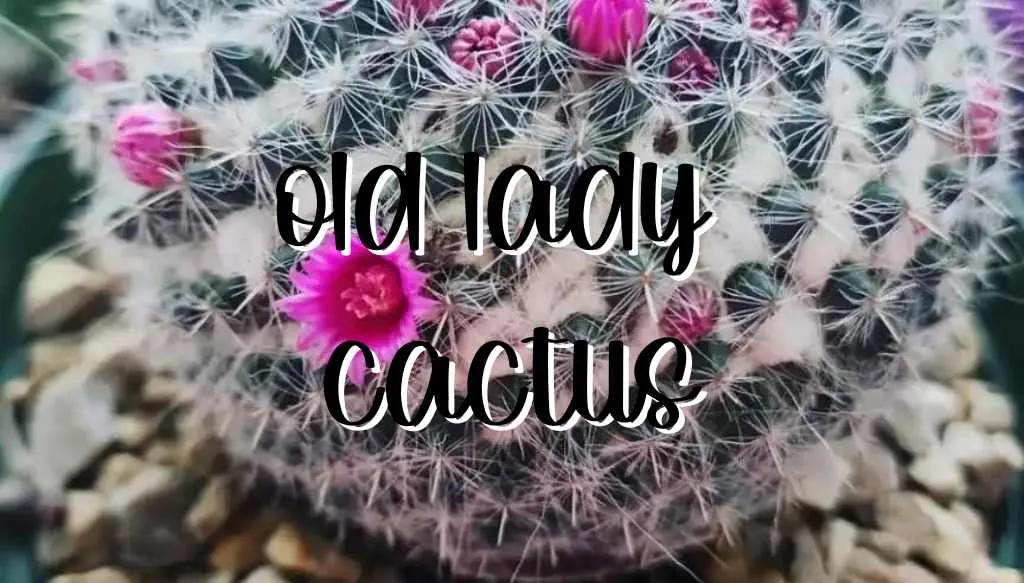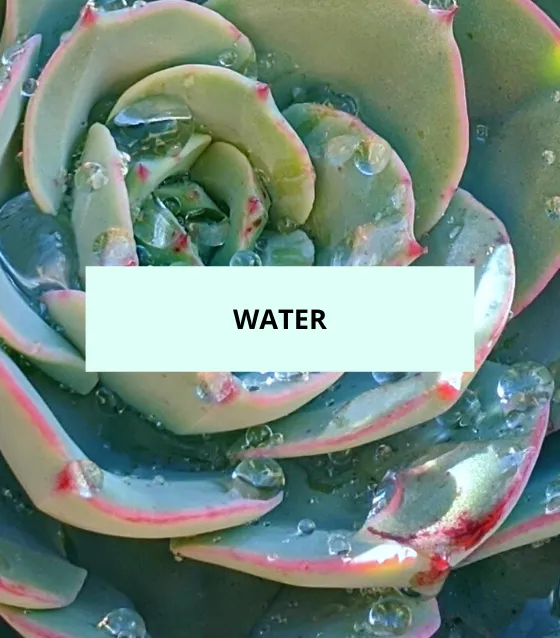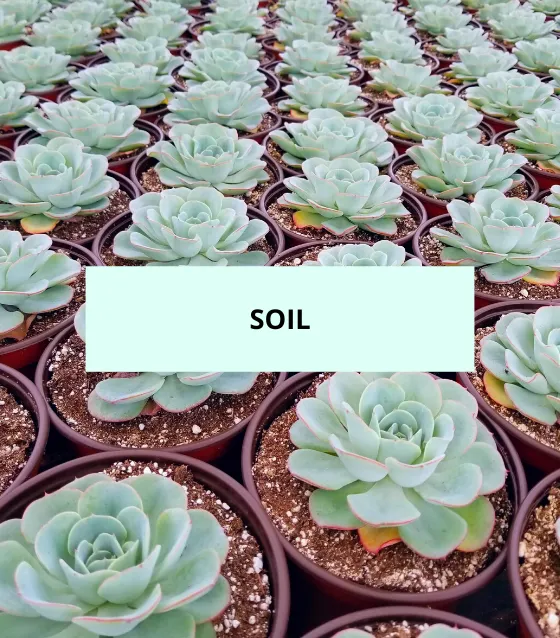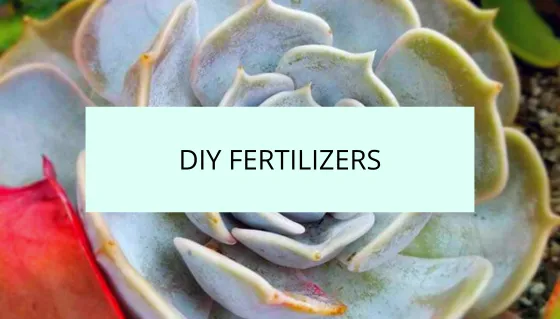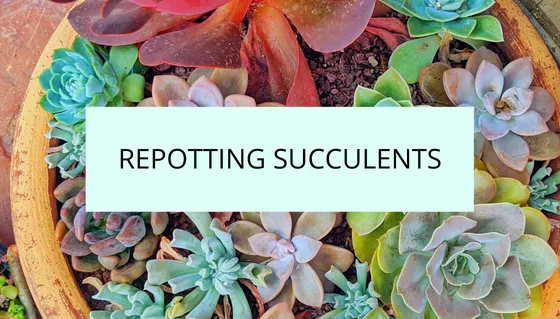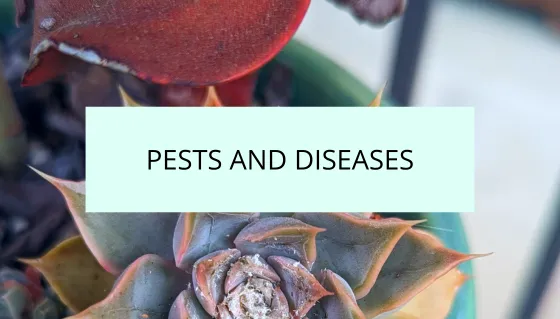Welcome to our quick guide on the Old Lady Cactus! As a succulent enthusiast, you’re likely already familiar with the unique and diverse world of succulents. In this article, we’ll explore the appearance, growth, blooming, toxicity, and propagation methods of the Old Lady Cactus. Let’s dive in and discover the fascinating characteristics of this beloved succulent.
Dig in!
Appearance and Growth
The Old Lady Cactus, scientifically known as Mammillaria hahniana, is a visually striking succulent that captures attention with its distinctive features. This cactus has a spherical or cylindrical shape, consisting of numerous cylindrical segments or “heads” that are covered in dense white woolly hairs. These hairs give the plant a fuzzy or “old lady” appearance, hence its common name.
The individual segments of the Old Lady Cactus are typically green and can have spiral patterns of tubercles or bumps. Each tubercle is topped with a cluster of short spines, which can vary in color from white to yellow or brown. The spines provide protection for the plant and can be quite sharp, so it’s advisable to handle the Old Lady Cactus with care.
When you’re rooting or transplanting your succulents and cacti, use SUPERthrive to help reduce the chance of transplant shock and grow a strong root system.
In terms of size, the Old Lady Cactus is a relatively small succulent. It typically reaches a height of about 6 to 8 inches (15 to 20 cm) and has a diameter of 4 to 6 inches (10 to 15 cm). This compact size makes it an ideal choice for indoor cultivation, as it can thrive in small spaces like windowsills or tabletop gardens.
Flower Color and Blooming Season
The Old Lady Cactus produces delightful flowers that add a splash of color to its woolly appearance. The flowers are typically pink or purple, but they can also be white or yellow in some varieties. These vibrant blooms emerge from the areoles present on the tubercles of the plant.
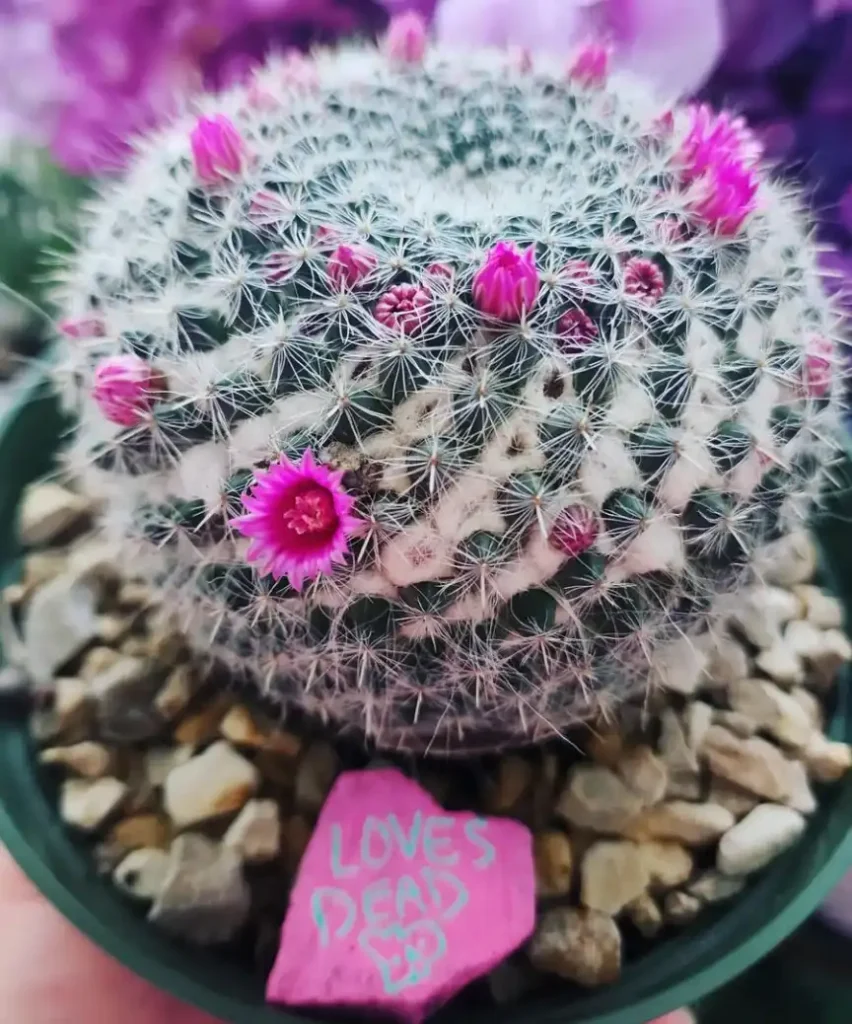
As for the blooming season, the Old Lady Cactus tends to flower in the spring or early summer. However, the exact timing may vary depending on various factors such as light exposure, temperature, and the age of the plant. When the blooming period arrives, you’ll be treated to a lovely display of colorful flowers that enhance the charm of this succulent.
Toxicity
The Old Lady Cactus is considered non-toxic to cats, dogs, and people. This means you can enjoy the presence of this succulent in your home or garden without worrying about potential harm to your beloved pets or family members. However, it’s always a good practice to keep an eye on curious pets or young children to prevent any accidental ingestion or harm.

Consider amending your soil with Bonsai Jack’s gritty mix to ensure your succulent soil drains quickly to prevent it from staying moist for too long. Source: Etsy
Propagation Methods
If you’re interested in propagating the Old Lady Cactus, here are a few methods you can try:
- Offsets: The Old Lady Cactus naturally produces offsets or “pups” around its base. These small, miniature versions of the parent plant can be gently separated once they have developed their own root system. Carefully detach the offsets, ensuring they have some roots intact, and plant them in well-draining soil. Water sparingly at first and gradually increase the frequency as the new plants establish themselves.
- Seed Propagation: Propagation from seeds is another option for the Old Lady Cactus. Collect mature seeds from the plant’s fruit, which usually appears after flowering. Sow the seeds in well-draining soil, covering them lightly. Place the container in a warm and bright location, ensuring the soil remains slightly moist. With patience, the seeds will germinate, and you can transplant the seedlings into individual pots once they are large enough.
- Stem Cuttings: Stem cuttings can also be used to propagate the Old Lady Cactus. Select a healthy segment and use a clean, sharp knife to cut it carefully. Allow the cutting to dry and callus for a few days. Once calloused, plant the cutting in well-draining soil, burying it partially. Provide indirect light and water sparingly until roots develop. Over time, the cutting will root and grow into a new plant.
By utilizing these propagation methods, you can expand your collection of Old Lady Cacti and enjoy the unique beauty they bring to your succulent display.

Succulent fertilizer available to purchase on Etsy.
The Old Lady Cactus, with its woolly appearance, colorful flowers, and compact size, is a beloved succulent among enthusiasts. With its non-toxic nature, it can be safely enjoyed by pets and people alike. Whether you choose to propagate through offsets, seeds, or stem cuttings, the propagation process allows you to multiply the charm of this remarkable succulent. Consider adding the Old Lady Cactus to your collection and appreciate the character it brings to your indoor or outdoor spaces.

